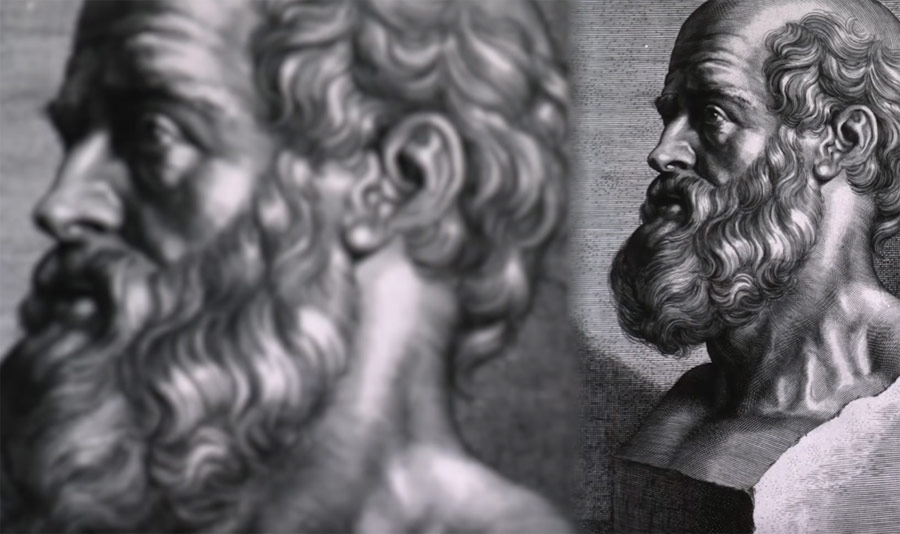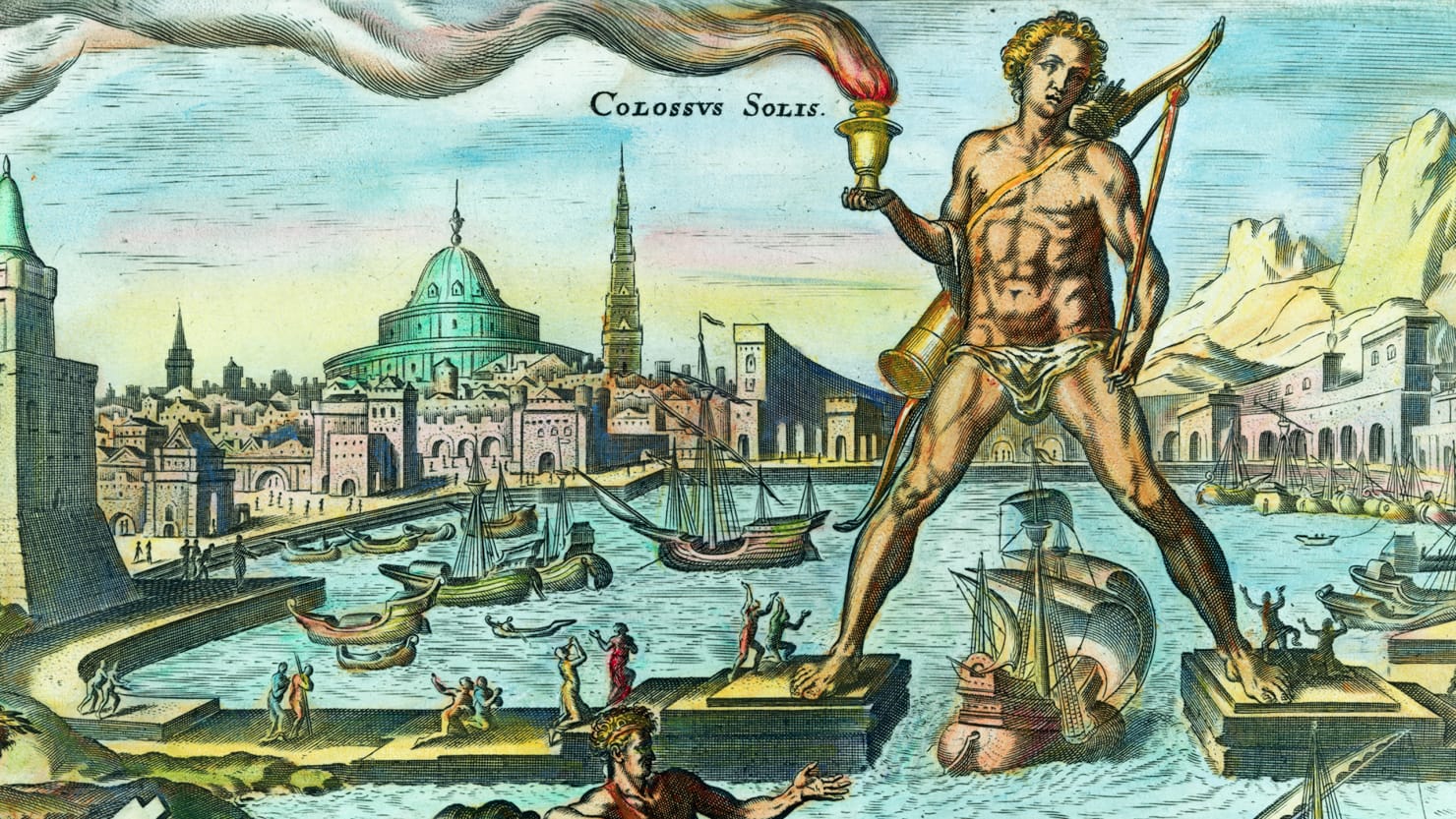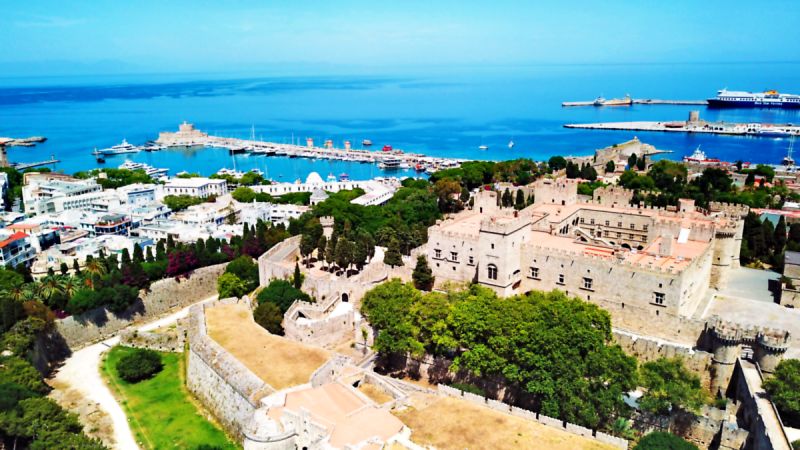Browse Topics

Suleymaniye Mosque
In the heart of Rhodes town in Greece, stands the Suleymaniye Mosque, a stoic monument to the past. Born from the ashes of the Ottoman conquest in 1522, it pays homage to Sultan Suleiman's triumphs. Though re-imagined in 1808 and touched by time, it remains the city's most distinguished testament to the Ottoman era.
Read more »
Mandraki Harbour
Mandraki Harbour, located on the eastern coast of Rhodes, near the New Town, stands as a historic port that captivates visitors with its enduring charm. Serving as a gateway to the island's rich past, Mandraki is enveloped in an atmosphere that echoes the whispers of history. Its close proximity to the modern amenities of the New Town juxtaposes the ancient with the contemporary, making it a unique point of interest. This port not only offers a glimpse into the historical narrative of Rhodes but also serves as a testament to the island's long-standing connection with the sea.
Read more »
Palace of the Grand Master of the Knights of St. John
The palace of the Grand Master, is probably the most emblematic work of architecture in Rhodes and undoubtedly the symbol of the island’s medieval town. It was built in the 14th century under the command of Grand Master M. de Villeneure, on the foundations of another Byzantine fortress that did not manage to survive the repeated Arab-Persian attacks from the 7th century and on.
Read more »
Hippocrates: Father Of Medicine
Hippocrates was a Greek physician who lived in Classical Greece (the Age of Pericles). He is considered one of the most outstanding figures in the history of medicine. What Hippocrates Knew and We Have Forgotten.
Read more »
The Ancient Greek Siege Warfare
Although most of the Greek city-states, excluding Sparta, had fortifications from the earliest period, the siege warfare was a strangely absent affair in Ancient Greece for a prolonged period, as there is no reliable evidence of sieges occurring from 1100 – 490 BC.
Read more »
Rhodes monuments, historical and archaeological sites
The first traces of life on the island of Rhodes are lost in the fog of myth. The first inhabitants are said to have been the aborigines Heliaden, agreements of the protective god Helios and the Telchines, a strange kind of people who supposedly resembled demons. These were, according to tradition, skilled sailors and skilled craftsmen who taught the ancient Rhodians how to forge and process stone.
Read more »
Colossus of Rhodes, a wonder of the ancient world
The Colossus of Rhodes was a towering statue of the sun god Helios, erected on the Greek island of Rhodes in 280 BC. Standing approximately 33 meters high, it was one of the Seven Wonders of the Ancient World. The statue was built to celebrate Rhodes' victory over over Demetrius Poliorcetes’ long siege and symbolized the island's strength and resilience until it was destroyed by an earthquake in 226 BC.
Read more »
Rhodes Greece: Quick facts
The most popular of the Dodecanese Islands and one of the most popular of all the Greek islands, Rhodes is a multifaceted place, almost like a small country, with a history that has stirred romantics for centuries. It also has some of the best beaches the most interesting archaeological sites in Greece, fine restaurants and an intense nightlife.
Read more »
The history of Rhodes island
Rhodes, home to the Colossus of Rhodes and located in the southeastern Aegean Sea, has a rich history dating back to ancient times. Known for its strategic importance, it has been inhabited since the Neolithic period. Over centuries, Rhodes has seen the rise of the Minoans, Mycenaeans, and Dorians, and later became a significant cultural and commercial hub in the Hellenistic period.
Read more »
Kallithea (Kalithea)
Kallithea Beach, located on the island of Rhodes, Greece, is a favored destination among local residents. Characterized by its numerous small creeks and surrounded by pine trees, the beach offers a picturesque natural setting. The waters here are deep, requiring swimmers to exercise caution. This popular spot combines natural beauty with a sense of adventure, making it a must-visit location on the island.
Read more »
 English
English
 Deutsch
Deutsch
 Ελληνικά
Ελληνικά